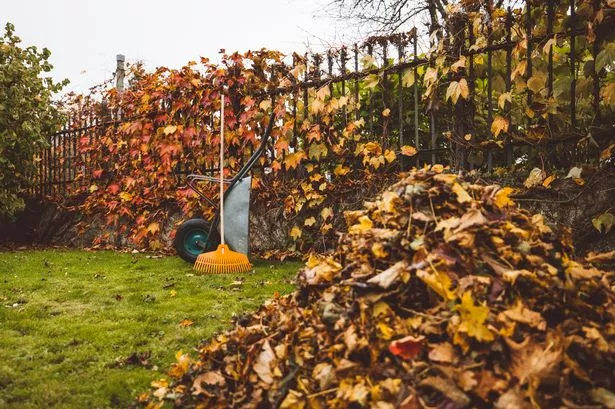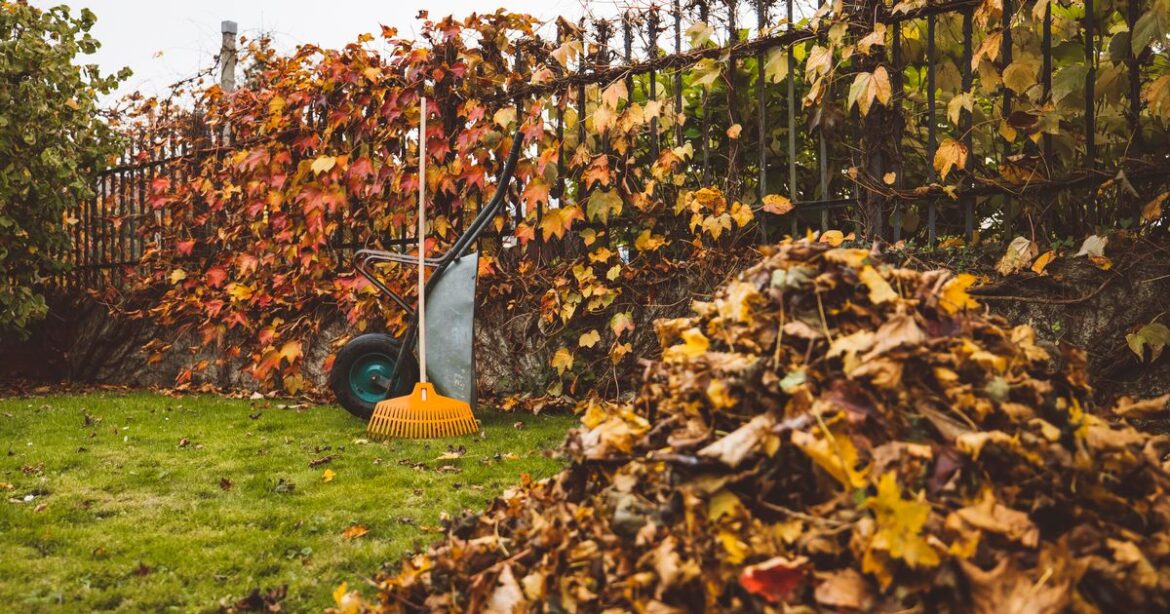Gardening professionals shared some of the lesser-known laws around the UK, the potential fines for breaking them and what to be aware of before you start digging around your garden Certain plants and trees are protected by law so removing them could have hefty consequences(Image: Getty Images)
Certain plants and trees are protected by law so removing them could have hefty consequences(Image: Getty Images)
Keen gardeners are being warned that six lesser-known regulations could catch them off guard whilst they’re preparing their outdoor spaces for winter.
Specialists from Garden Buildings Direct have advised people against becoming “unwitting criminals” by familiarising themselves with what their garden is and isn’t permitted to contain.
Removing trees
Beginning with one obscure regulation carrying a potential £20,000 penalty, the specialists advised people to verify that trees in their gardens aren’t safeguarded before harming, working on, relocating or destroying them. They warned: “Important trees are protected by Tree Preservation Orders (TPOs), which restricts homeowners from being able to remove or prune them, even if they are in their own garden. Disturbing a tree protected by a TPO without proper permissions could lead to a fine of up to £20,000.”
Planting invasive species
It’s quite common for someone just beginning their gardening adventure to incorrectly identify the plants they have purchased, but it’s certainly worthwhile learning which species are invasive as these could land you in trouble not just financially. The specialists highlighted Japanese Knotweed, which can appear visually attractive, as one of the most problematic.
This Knotweed is infamous in gardening circles for its destructive potential as it could even damage your home or spread into your neighbours’ gardens causing widespread problems. The introduction of any invasive plants into your garden was prohibited in 1981 under the Wildlife and Countryside Act.
Trimming flowers and fruits
If the gardens surrounding yours have branches, fruits or flowers encroaching over the boundary and into your property, it remains illegal to prune or take any of these. Despite common misconceptions, the plants are still your neighbour’s property and if you do trim them, they are legally entitled to demand the trimmings back, which can include any flowers or fruits you gathered.
Hedge boundaries
This contentious garden feature is actually enshrined in law; if a hedge is grown along the boundary between two properties, both parties are responsible for its maintenance and trimming.
Garden buildings
Moving onto more technical additions, if you have a summer house or garden building there are some strict restrictions around their size and planning permission will be required if you exceed these measurements. A garden building may only occupy 50% or less of the land area around your home, be under 2.5 metres and not be used as self-contained living accommodation.
Blocking light
Under the Rights of Light Act, a window that has enjoyed natural light for 20 years or more cannot be obstructed. You and your neighbours are all responsible for ensuring that nothing is planted which would contravene this law by casting shadows on any qualifying windows on your properties.


Comments are closed.